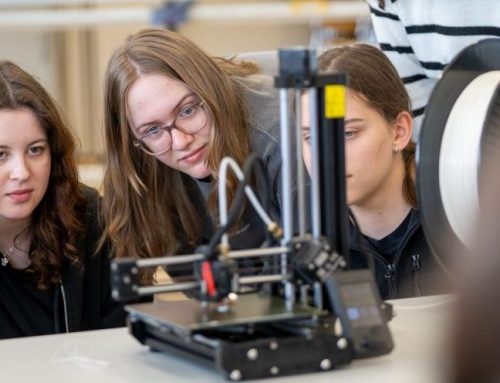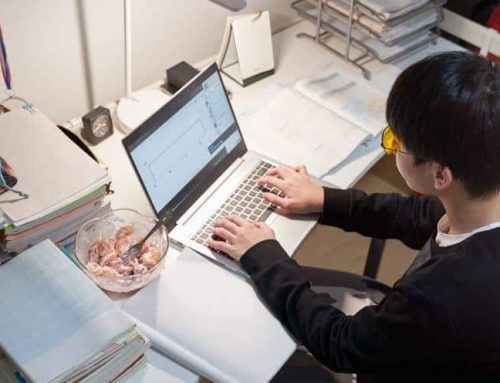With the ongoing pandemic, blended learning has become the new normal for many students across the world. Blended learning refers to the combined use of online or home-based learning and face-to-face teaching. It involves the use of traditional pedagogical methods and new learning technologies. This is aimed to minimise disruptions to each student’s learning needs, while ensuring that they receive adequate social interactions from teachers and friends. With a rise in community cases in Singapore, the Ministry of Education has regulated schools to go fully online from May 19 2021 to June 13 2021. The Minister of Education Lawrence Wong has also announced that blended learning will be the new normal in the near future.
However, studying from a home based environment is vastly different from a school environment in terms of resources, expertise, and social interactions. Students should try to leverage the school’s digital resources, such as practice papers and lesson plans, and support groups, like WhatsApp chat groups with respective subject teachers. Remote learning should not become an exercise to simulate the school environment at home. Rather, parents and students should take this opportunity to identify learning gaps and develop self-directed learning methods to make this period a productive experience.

Here are some tips to help your child enhance his or her home-based learning:
- Plan a timetable: Break down the work day into 2 or 3 blocks (before lunch, after lunch, after dinner). List down the tasks, the duration for each task, and indicators for completion of each task.
- Factor time for rest and change of activity: Short breaks between learning activities can encourage productivity and allow students to assimilate what they have learnt. Spreading out learning activities is more effective than trying to complete all the homework in one sitting. For example, after an hour of homework, go for a short walk, and then resume.
- Allocate check-in points: Set a specific time, e.g. 8am, to let students set up the computers and 10am, to clock out for brunch. Then, resume at 10.30am to review new tasks or problems assigned.
- Take time to reflect: Review and assess completed tasks, school work, evaluate the planning process, and work on learning gaps to improve planning and learning.
- Arrange Zoom study sessions; Studying together with friends can help break the monotony of studying alone. It can also help students to clarify challenging concepts and combat procrastination.
With blended learning becoming the new normal, it may be a good thing for students and parents to start adapting to e-learning to complement blended learning. Equipped to bring about a seamless transition into blended learning, QE’s online tuition and supplementary programmes will get you ready for the school year ahead.




